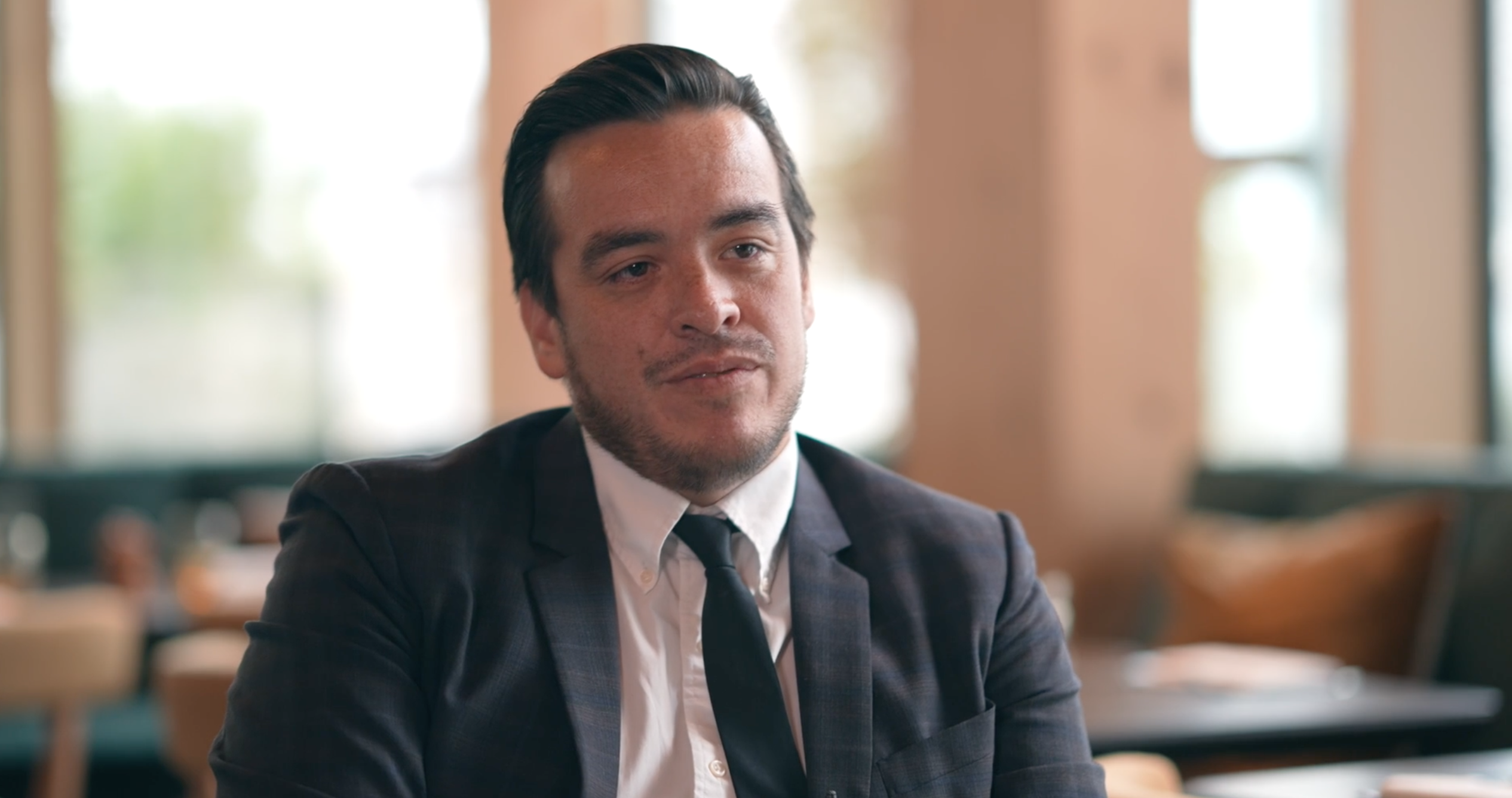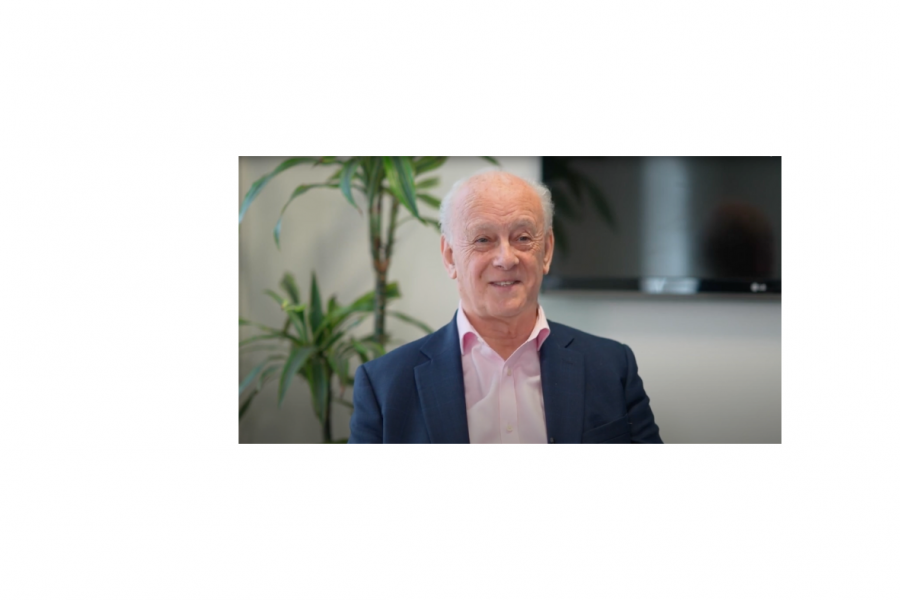The developer’s view
Mario Ledermann is an internationally experienced technical leader at Lendlease, a global organisation that advocates the increased use of timber in construction.
Here is his thinking as to why now is the time for timber.
Why are you so passionate about the use of timber?
I think it really help us in dealing with a number of challenges we have as a society. Clearly the net zero agenda is something that is affecting us all. It is not just certain companies in certain industries it is everyone, all the way to individuals. I believe timber can really help us in driving a better world, in the context of reducing emissions and climate change, but also it has a number of benefits that could help us in dealing with some of the main challenges the construction industry faces, such as productivity. Being one of them least productive industries in 20 years, we haven’t improved productivity much and we need to grow the number of buildings we build since the population is growing. Timber enables offsite manufacturing, advanced manufacturing automation, which in turn will help us in becoming more productive. In the same context, dealing with quality and safety is something that timber would enable as well. So, for me, it is a combination of a number of things; climate change, but also dealing with some of the main challenges the construction industry faces.
What is Lendlease’s experience with the use of timber?
Lendlease is an international real estate and property group. We combine the disciplines of investment, development and construction and we operate in four different regions and 17 different gateway cities. Our experience with engineered timber started in 2010 when we looked at developing what, at the time, was the tallest residential building built out of engineered timber in the world – Forté apartments in Melbourne, Australia. Since then, we have built more than 20 buildings around the world using engineered timber: buildings like this one, the IQL Pavilion in the middle of London.
Why is Lendlease such as a positive advocate for the use of timber?
Sustainability is at the heart of Lendlease’s purpose and has been since day one. The creation of social environmental value is very important to us. More recently, in 2020, alongside our commitments to be a 1.5 degree aligned company, we set very ambitious targets from the perspective of the reduction of embodied carbon and carbon emissions in general. We are set to be net zero by 2025 on the scope one and two. That means the fuel we burn and the power we use will be at absolute zero by 2040. That is scope one, two and three, with no offsets. We believe these targets, alongside the nature of our global business put us in a leading position to decarbonise the construction sector. However, we know we cannot do this alone and we don’t have all the answers yet. We need to collaborate. We need to collaborate in decarbonising carbon intensive materials like concrete and steel, but we also need to work in enabling and accelerating the use of timber.
What is the typical usage of structural timber in one of your schemes?
We aim to use materials where they add the most value. In the context of the use of timber, since we work in multi-storey construction, the type of wood products we use is mainly engineered timber. Materials like cross laminated timber or glulam and a mix or a combination of them is mainly what we’ve been using around the world. As an example, the tallest building we have built to date is a building in Brisbane, 25 King Street, which is a commercial building where the use of timber was mainly in the form of cross laminated timber floors and glulam columns and beams. We also use different combinations in other parts of the world, like in the US, we have built a number of hospitality buildings where the main use of the timber being cross laminated timber in floors and walls.
Is the use of timber client driven?
Our clients and investors are increasingly interested in how we are dealing with whole life carbon and embodied carbon, so we need to consider the use of materials when developing the building. So, for example, we’ve introduced the use of low carbon steel, as well as materials with an increased recyclable content like aluminium, but we are also enabling the use of low carbon technologies that exist today like timber; that is what we do in terms of materials. Buildings like this one have a reduced amount of embodied carbon of more than 40% and that is something that clearly attracts investors and clients.
Where do you see timber fitting in with the government’s Build Back Better and Build Back Greener priorities?
When you look at the Build Back Better priorities and the talk of levelling up the whole of the UK, it supports the net zero transition, but also supports the vision of a Global Britain. Timber in construction provides us with an opportunity to substitute carbon intensive materials like concrete and steel for a lower carbon solution – today. It also enables innovation in construction and property to the use of kit of parts, or product-based approach, to design and construction into advanced manufacturing and automation.
How do you see the future for structural timber in the UK?
I believe the future is bright for timber. I think the reduction of emissions globally will still be the main driver for timber being enabled into construction. In time all the other benefits associated with productivity, quality and safety will become visible as well. So, I think there is a bright future. However, I think it is very important that we have an industry that collaborates and deals with these challenges around unfamiliarity with the technology, but also the development of the right guidance to ensure that the needs of, not just society, but key value-chain stakeholders, like developers, insurers and investors, are met.



